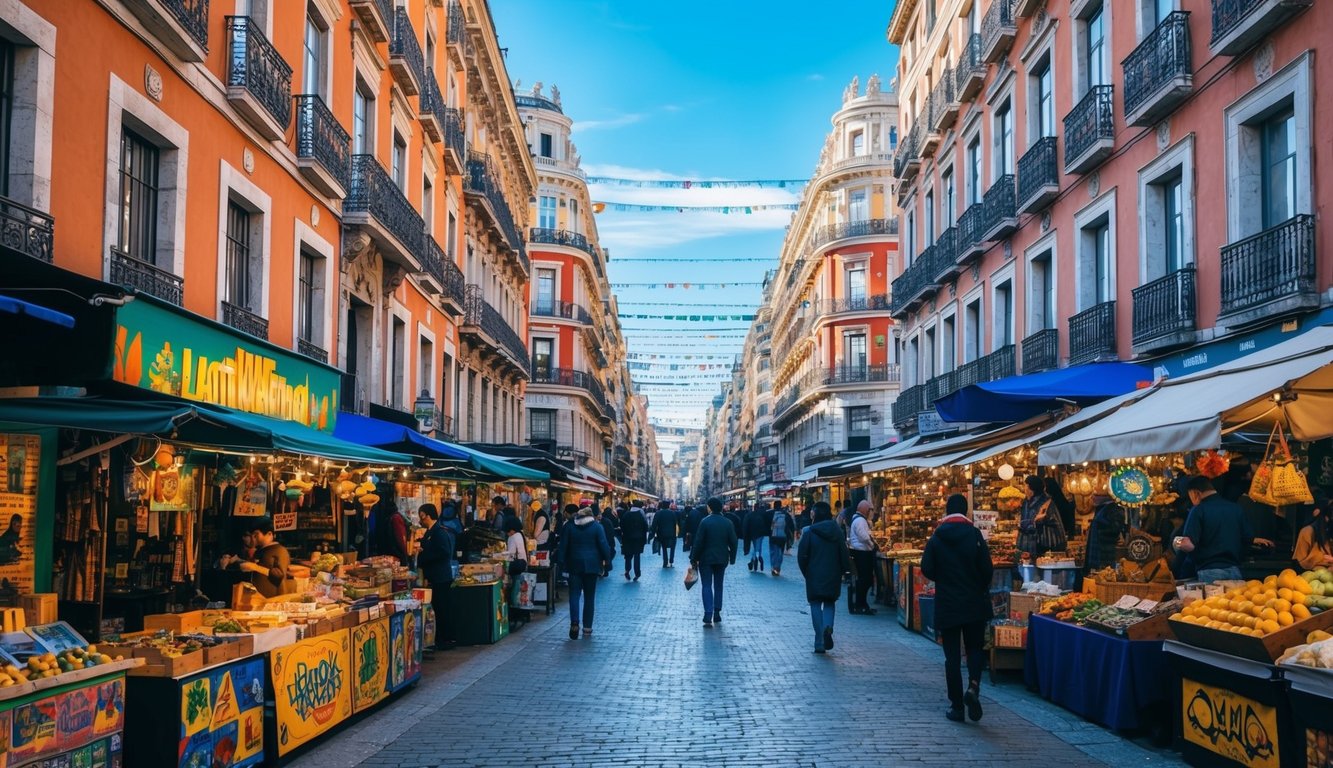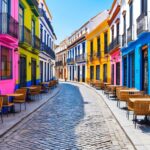Madrid is experiencing an incredible demographic transformation. Recent census data reveals that the city now boasts over one million residents born in Spanish-speaking countries across the Americas, with the latest figures showing a total of 1,038,671 individuals. This marks a stunning increase from only 81,552 residents two decades ago, highlighting the rapid development of this multicultural community over the past 25 years.
Milestone Achievement in Diversity
As of January 1, 2024, the National Institute of Statistics (INE) confirmed that Madrid’s Latino population has exceeded the one million milestone, a significant achievement that underscores the city’s vibrant diversity. Latinos now make up roughly one-seventh of Madrid’s overall population, enriching the area with their unique cultural heritage.
Imagine if this thriving community established its own city—it would be larger than several major urban centers. With a population exceeding that of Santiago, Cuba (707,000) and Arequipa, Peru (984,000), it would closely rival the populations of Managua and San Salvador, both around 1.1 million, and is comparable to Málaga, Spain’s fifth-largest city, which has about 1.03 million residents.
Distribution of the Latino Population
The census data also reveals intriguing details about the Latino population’s distribution throughout the region. Venezuelans are spread across various neighborhoods, while Ecuadorians, Peruvians, and Colombians predominantly inhabit areas beyond the city’s M-30 ring road. The Dominican community has made a vibrant mark in Tetuán, known as “Little Santo Domingo,” while Argentines tend to gravitate towards central districts.
Reflecting on Madrid’s past offers a stark contrast. Just 25 years ago, the city’s Latino residents numbered fewer than 82,000. At that time, Madrid appeared less diverse, its global connections diminished. Experts forecast that this growth trend will continue, fueled by record levels of immigration to affluent cities worldwide amid economic opportunities and cultural ties. This influx is enabling Madrid to reconnect with its Latin American roots.
A pivotal moment occurred in 1999 when a significant wave of Ecuadorian immigrants arrived, seeking refuge from their country’s economic crisis. The collapse of the sucre, Ecuador’s currency, spurred many families to seek new opportunities in Madrid. Unlike earlier immigrants, who were mostly political exiles from wealthier backgrounds, this new demographic was made up of hardworking families eager to contribute to the Spanish economy.
The Future of Madrid’s Latin American Community
In the years that followed, migrants from Colombia, Peru, Bolivia, and the Dominican Republic flocked to Madrid during a time of economic growth. By 2009, the Latino population had reached almost 600,000, a number that stabilized until 2017, when another surge began, particularly from Venezuela and Colombia, which included an increasing presence of affluent individuals and Latin American students enrolling in Madrid’s universities.
While Latinos are making strides in various areas across Spain, no location rivals Madrid in terms of their immigration; here, they represent an impressive 62% of the immigrant demographic. The largest Latino communities can be found in nearby Catalonia and Valencia.
As of early 2024, Madrid has a total of 1,668,418 immigrants, predominantly hailing from Venezuela, Colombia, Peru, and Ecuador. This recent migration wave is part of a larger trend towards affluent nations, with many OECD countries reporting record high numbers of permanent migrants and asylum seekers, driven largely by labor demands amid aging populations.
Although INE statistics do not differentiate between first-generation Latin American immigrants and their children born in Spain, many identify as part of this vibrant community, hinting at an even greater cultural impact than the figures alone suggest.
The influx of affluent Latin Americans has drawn comparisons to cities like Miami, with wealthy individuals making significant investments in luxury real estate and businesses, particularly in Madrid’s upscale Salamanca neighborhood. Local politicians view this emerging connection as a strategic advantage in positioning the city within the global marketplace.
While some experts voice concerns about geographical challenges that might impede Madrid’s rise as a global city on par with Miami, Dubai, or Singapore, it is clear that the city has already undergone a remarkable transformation. The increasing Latin American presence is reshaping Madrid’s language, customs, music, culinary scene, and business culture.
Every new arrival at Barajas International Airport shares aspirations reminiscent of those who came before them, forging dreams that are now part of a vibrant tapestry in Madrid. With a million fresh faces contributing their stories and cultures, the future of Madrid is poised to be both inspiring and rich in diversity.
Source: Elpais




